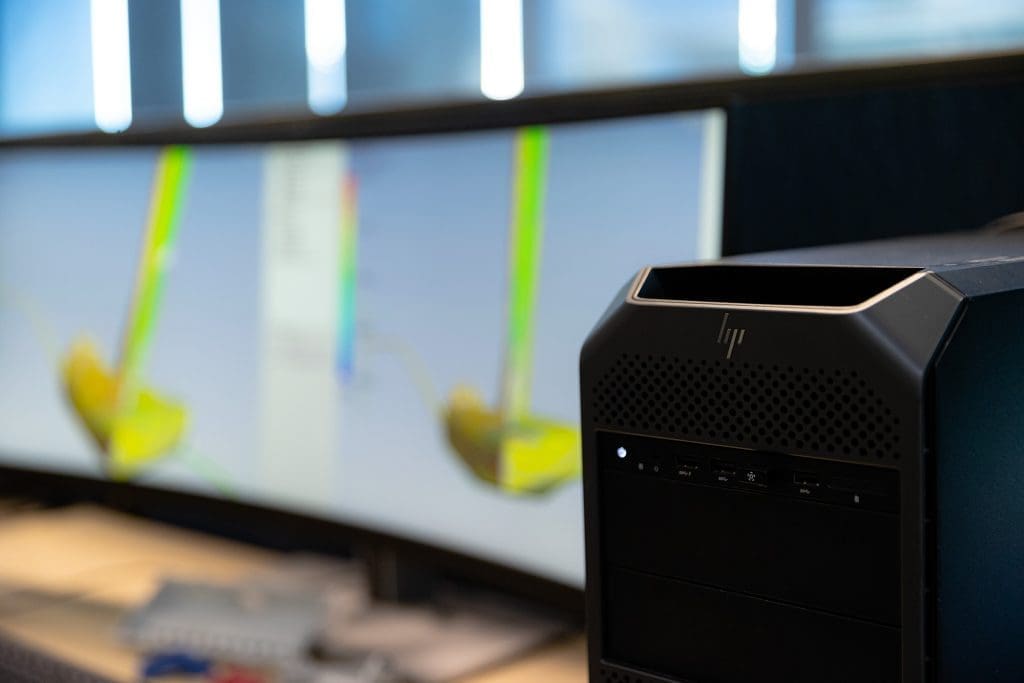If You Want To Win, Practice Winning First
Watching the America’s Cup yachts racing out on the Hauraki Gulf at the moment, you can’t help but wonder what the old sailors from earlier decades would make of these huge boats up on foils flying around in the air at 40+ knots. Their ceramic tobacco pipes would probably tumble from their mouths in amazement – and probably with a hint of jealousy – to see yacht racing happening at speeds far in excess of the paint-drying pace of yesteryear. Of course, those old yachts those sailors served on back in the day were going as fast as they could for the time. It wasn’t the sailors’ or even the boat builders’ fault that they inched their way through the water at such a snail-like pace in comparison to today’s Formula One-like AC75 models – the computer technology just wasn’t around to either design or run such futuristic sailboats at the time.
For example; when Emirates Team New Zealand Head of Design Dan Bernasconi started with America’s Cup racing 15 years ago, designers still drew their new yachts by hand so ‘it was as much about experience as technology.’ Now while sailing experience obviously still comes in kind of handy, it’s just part of the equation these days. Technology and computer power have become more central to the whole process which has been a huge timesaver, as well as giving boat designers the freedom to try radical new ideas that would have been virtually impossible to attempt in the old days. “After drawing by hand, everyone used wind tunnels and towing tank testing for a while, with scale models. It was incredibly time-consuming – it took weeks and weeks to compare a couple of hull designs in towing tanks,” says Bernasconi. Also, it cramped the designers’ creativity, as it becomes difficult to convince anyone to try something new when it will take weeks or months of testing to prove the idea’s worth or otherwise.

With today’s technology; a multitude of tiny cameras, sensors and other data points can be mounted on the yachts and chase boats that follow them, to collect a host of data on every aspect of the boat’s performance. But merely collecting staggering quantities of information doesn’t achieve anything by itself, you need to process and analyse it to get value. Luckily for Emirates Team Zealand one of the campaign sponsors is HP New Zealand. HP were able to supply the team with an array of eight HP Z Workstations to process highly technical computational fluid dynamics modelling. These Workstations also give Dan’s team a completely realistic simulation of the yacht, allowing them to test every single upgrade in a fraction of the time – and without even leaving the team’s base. “Computational fluid dynamics allows us to simulate aerodynamic or hydrodynamic forces on the yacht. Every foil, rudder or sail is run through the simulator before going into production. We do laps in a virtual yacht, change the conditions and time it. Being able to do that is a game-changer in the way we design America’s Cup yachts.”
This ability to learn from these simulations is paramount in today’s America’s Cup racing as every tiny advantage the designers can find could in fact turn out to be the difference between ultimately winning and losing the trophy. Dan Bernasconi is definitely a fan of the new computers; “HP Workstations have bought us more time. We can make adjustments and run simulations every time the boat hits the water.”

